The popularity of the University of California (UC) is blooming. According to the data released by the university system, the number of applicants for the first-year fall admissions has hit its peak for two years in a row. An increase in applicants is in part due to a few changes the system has made: greater online outreach to students and
elimination of standardized test requirements. As a result, UC’s first-year applicant number reached the highest in its history with remarkable diversity.
Although the university received the highest volume of applicants despite the pandemic, there was a drop of 12.6 percent in transfer applications across the entire UC campuses. The drop mirrors the
declining trend in community college enrollment over two straight years as students choose job opportunities over education at local two-year colleges. Since population decline accounts for only some of the decrease in the community college enrollment number, there is a growing concern about the fate of those institutions.
UC has received 210,840 first-year applications with more applicants from California, other states, and overseas. The largest pool of applications is from California with 132,337 applicants, which comprises 38 percent Latinos, 31 percent Asian Americans, 21 percent white applicants, 7 percent Black students, 1 percent Native Americans, and a fractional percent of Pacific Islanders.
According to UC president Michael Drake, the University of California is a set of attractive institutions for those seeking higher education. “We are grateful to see a range of prospective students wanting to join UC, especially from a minority background, and we are seeing more of it,” he said. As Drake mentioned, UC is receiving a more diverse group of students into their campuses. An increase in applications from Black students is especially noticeable, growing at the fastest rate of 25 percent for the past two years among all minority groups. The number far surpasses the increase rate of 17 percent for other racial groups, such as white, Latino, and Asian Americans.
Fierce Competition for UC
[caption id="attachment_2099" align="alignnone" width="2560"]

UCLA became the most sought-after university in the U.S., receiving 149,779 applications. Photo:
UCLA Newsroom[/caption]
The fame of UCLA is attracting students with higher competency and stronger credentials. The number of UCLA applicants, who finished high school in the top 9 percent of their class, has increased by over 32 percent. Despite the skyrocketing competition for UCLA admissions, the school saw the largest number of applications in the U.S. with 149,779 applicants. Responding to the historic high demand, Youlonda Copeland-Morgan, vice provost for enrollment management at UCLA, announced that the school will accept more in-state students this fall.
Similarly, there are movements toward accepting more students at other UC schools. California Governor Gavin Newsom and the state legislators
amended the state budget bill to induce UCLA, UC Berkeley (UCB), and UC San Diego (UCSD) to accept more in-state students in place of the out-of-state applicants, by filling in the loss of the higher tuition paid by nonresident students. It is expected that the amendment will allow approximately 900 more California students to enroll. The 2022-23 budget proposal by Newsom also contains funding for about 6,200 more in-state students across the UC systems this coming fall.
Copeland-Morgan said, "While more applicants means there's greater competition, we are still very excited [...] about the fact that we will be able to offer admission to a larger number of students because our California target is higher.” Last year, UCLA received 84,182 first-year applicants, with only 8,436 California students receiving an offer. Although there will be an increase in California student admissions, she is unaware of the exact figure.
Although the
application numbers across the U.S. have fallen, it was a different story for UC. Olufemi Ogundele, dean of undergraduate admissions at UCB, said, “Here at Berkeley, we saw even more of an increase than our peers. The diversity of our applicant pool continues to be strong, and we remain a top choice for incredibly talented scholars.” The school saw an increase of 13.6 percent in applicant numbers, with 40 percent of resident applications from a low-income background, first-generation college seekers, or underrepresented minority groups.
[caption id="attachment_2100" align="alignnone" width="700"]

UC Berkeley is facing a legal challenge by a group of Berkeley residents. The outcome can leave the school with 3,050 fewer enrollment openings. Photo:
UC Berkeley[/caption]
However, Berkeley is currently
faced with a lawsuit by a group of Berkeley residents accusing the school of failing to provide enough on-campus housing to its increasing number of non-California students. Although
a bill was passed to give the university some time to comply with the law, the legal quarrel has not concluded yet. If UCB fails to make changes in accordance with the law of the state, it will end up with 3,050 fewer seats for incoming first-year and transfer students than originally planned for fall 2022.
In fact, the glorious story of UC has begun just last year. UC had experienced a declining number of applications for two years in a row in 2019 and 2020, which the experts believed to be reflective of plummeting birth rates and fewer high school graduates nationwide. However, the trend drastically shifted to the opposite with the record-breaking number of applicants in 2021, following the university system’s decision to eliminate ACT and SAT scores for admissions. UC admission staffs also credit their strategy to expand on online recruiting efforts for their two consecutive years of admission outcomes.
Shifting to Online
For example. UC Irvine (UCI) has reaped the benefits of its effort to utilize online recruiting — it has received applications from 57 out of 58 counties in California, the broadest coverage of its residing state. Dale Leaman, executive director of undergraduate admissions at UCI, underlined the difficulty of recruiting prospective students in rural regions in the past. Namely, Irvine had previously been put in a disadvantaged position compared to local universities to attend college fairs in a rural location.
He said, "A virtual environment, where even the local colleges are virtual, evens the playing field for everybody and we really were able to take advantage of that.”
[caption id="attachment_2101" align="alignnone" width="2000"]

UC Irvine has made successful efforts to recruit prospective students online, receiving applications from 57 out of 58 counties in California. Photo
UC Irvine[/caption]
The positive feedback of schools’ efforts to increase online outreach to students is felt at other UC campuses. UCSD experienced a more than 10 percent increase in first-year applications compared to the previous year, drawing the most in-state applicants after UCLA. While UC Santa Barbara attracted the most white applicants, UCLA received the highest number of applications from Latino and Black students. Irvine also saw the largest number of first-generation college applicants from California and Asian American students.
Meanwhile, the impact of the pandemic is sweeping the admission process across the country. According to Leaman at UCI, a greater number of applicants this cycle submitted transcripts with more pass or no pass marks instead of traditional letter grades. He advised transfer students to thoroughly check admission requirements for certain majors, especially on what courses must present letter grades to be considered for admission.
Jim Rawlins, associate vice chancellor for enrollment management at UC San Diego, elaborated on the school’s
comprehensive application review process to take challenges posed by the pandemic into account. He said, "This year we would expect to include the impact of the pandemic on applicants — from access to technology for online learning to caring for family members, the challenge of maintaining extracurricular activities and everything in between."
Read More: Covid Brings All-time Low Acceptance Rates Since 2021, the program is reaching out to greater number of students in need of food. Photo: United States Department of Agriculture[/caption]
Since 2021, the program is reaching out to greater number of students in need of food. Photo: United States Department of Agriculture[/caption]

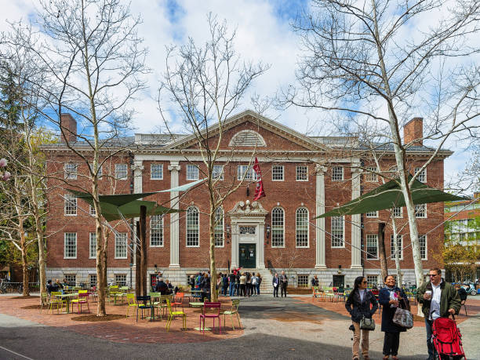

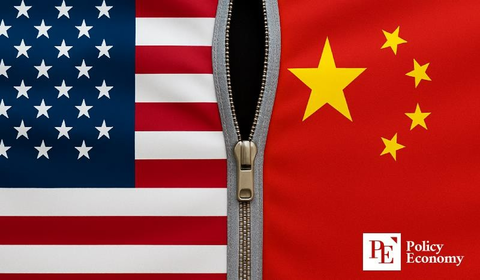


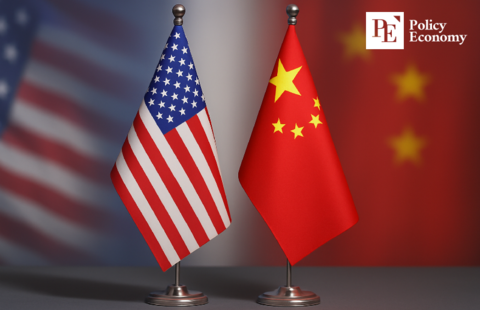
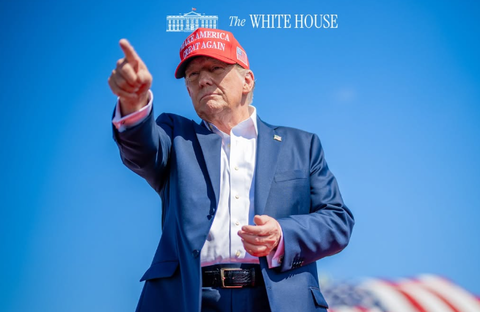
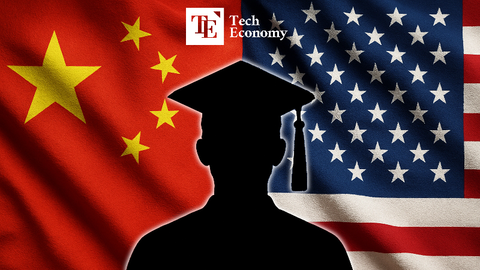
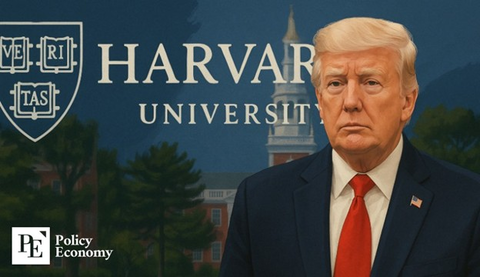













 To this date, 412 bodies have been found in Bucha, Ukraine. Of those, the UN human rights officers documented at least 50 unlawful killings of civilians, including by summary execution. President Zelensky of Ukraine visited the city on April 4, 2022. Photo:
To this date, 412 bodies have been found in Bucha, Ukraine. Of those, the UN human rights officers documented at least 50 unlawful killings of civilians, including by summary execution. President Zelensky of Ukraine visited the city on April 4, 2022. Photo: 
 College applicants across the U.S. are experiencing a steep increase in competition. Photo:
College applicants across the U.S. are experiencing a steep increase in competition. Photo: 

 According to
According to  An arieal view of Seoul National University[/caption]
There are numerous universities in South Korea. Knowing which university teaches your subject the best is crucial for academic career. The best university in South Korea, Seoul National University (SNU), teaches almost every subject and
An arieal view of Seoul National University[/caption]
There are numerous universities in South Korea. Knowing which university teaches your subject the best is crucial for academic career. The best university in South Korea, Seoul National University (SNU), teaches almost every subject and 
 UCLA became the most sought-after university in the U.S., receiving 149,779 applications. Photo:
UCLA became the most sought-after university in the U.S., receiving 149,779 applications. Photo:  UC Berkeley is facing a legal challenge by a group of Berkeley residents. The outcome can leave the school with 3,050 fewer enrollment openings. Photo:
UC Berkeley is facing a legal challenge by a group of Berkeley residents. The outcome can leave the school with 3,050 fewer enrollment openings. Photo:  UC Irvine has made successful efforts to recruit prospective students online, receiving applications from 57 out of 58 counties in California. Photo
UC Irvine has made successful efforts to recruit prospective students online, receiving applications from 57 out of 58 counties in California. Photo 

 With a tremendous amount of debt, many students "
With a tremendous amount of debt, many students " The recovery of student numbers in colleges is still in progress.[/caption]
A chance has been missed to create a more equitable university finance system, says Sir Peter Lampl, whose organization, the Sutton Trust, advocates against educational inequality. “Minimum entry requirements to access student finance will inevitably impact poorer students the most, as they are less likely to do well at school,”, he elaborated. A view of education as simply the means to higher paid work appears to guide the governments thinking.
The higher education minister, Michelle Donelan, recently unveiled a plan to sanction universities providing courses for which 60% of graduates fail to secure high-wage careers or further education, characterizing these courses as ‘low-quality’. Not only does this display a lack of care within government for the students they claim to want to support, it also demonstrates a narrowly focused view of education as simply a means to an end, i.e. better-paid work.
While it is common for students to peruse employment rate statistics when choosing a university and course of study, this is far from the only consideration important to their choice. Likewise, giving thought to the likely salary they can expect when graduating from a given course is sensible, but this shouldn’t make or break someone’s decision to pursue a degree. Already an issue, the upshot of this pragmatic view of education will be to reinforce the class divide in non-vocational, creative subjects that typically have less robust employment and salary prospects, with the most deprived becoming even less visible on these courses.
A degree should be about so much more than a reductive cost-benefit analysis; it could be said that all education should also be about exploration and discovery, about widening one’s horizons, following passions and realizing potential. Unquestionably, prospective students are right to seek out a course that will add value to their lives, but money is not the only currency to be gained at university.
Read More:
The recovery of student numbers in colleges is still in progress.[/caption]
A chance has been missed to create a more equitable university finance system, says Sir Peter Lampl, whose organization, the Sutton Trust, advocates against educational inequality. “Minimum entry requirements to access student finance will inevitably impact poorer students the most, as they are less likely to do well at school,”, he elaborated. A view of education as simply the means to higher paid work appears to guide the governments thinking.
The higher education minister, Michelle Donelan, recently unveiled a plan to sanction universities providing courses for which 60% of graduates fail to secure high-wage careers or further education, characterizing these courses as ‘low-quality’. Not only does this display a lack of care within government for the students they claim to want to support, it also demonstrates a narrowly focused view of education as simply a means to an end, i.e. better-paid work.
While it is common for students to peruse employment rate statistics when choosing a university and course of study, this is far from the only consideration important to their choice. Likewise, giving thought to the likely salary they can expect when graduating from a given course is sensible, but this shouldn’t make or break someone’s decision to pursue a degree. Already an issue, the upshot of this pragmatic view of education will be to reinforce the class divide in non-vocational, creative subjects that typically have less robust employment and salary prospects, with the most deprived becoming even less visible on these courses.
A degree should be about so much more than a reductive cost-benefit analysis; it could be said that all education should also be about exploration and discovery, about widening one’s horizons, following passions and realizing potential. Unquestionably, prospective students are right to seek out a course that will add value to their lives, but money is not the only currency to be gained at university.
Read More: